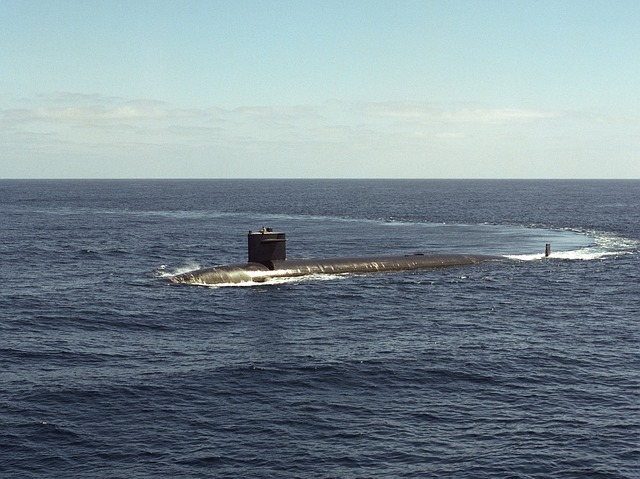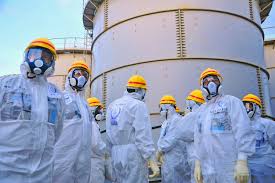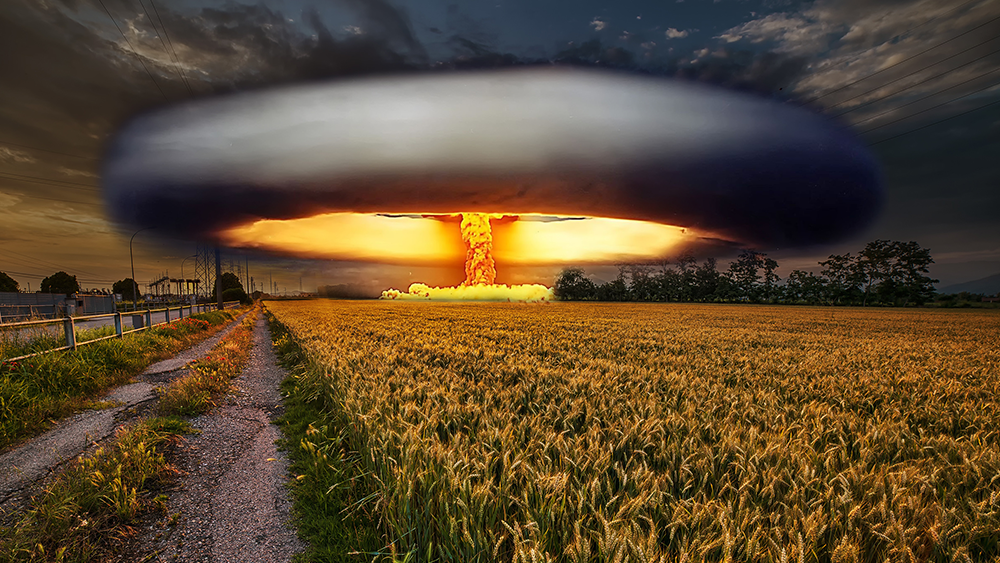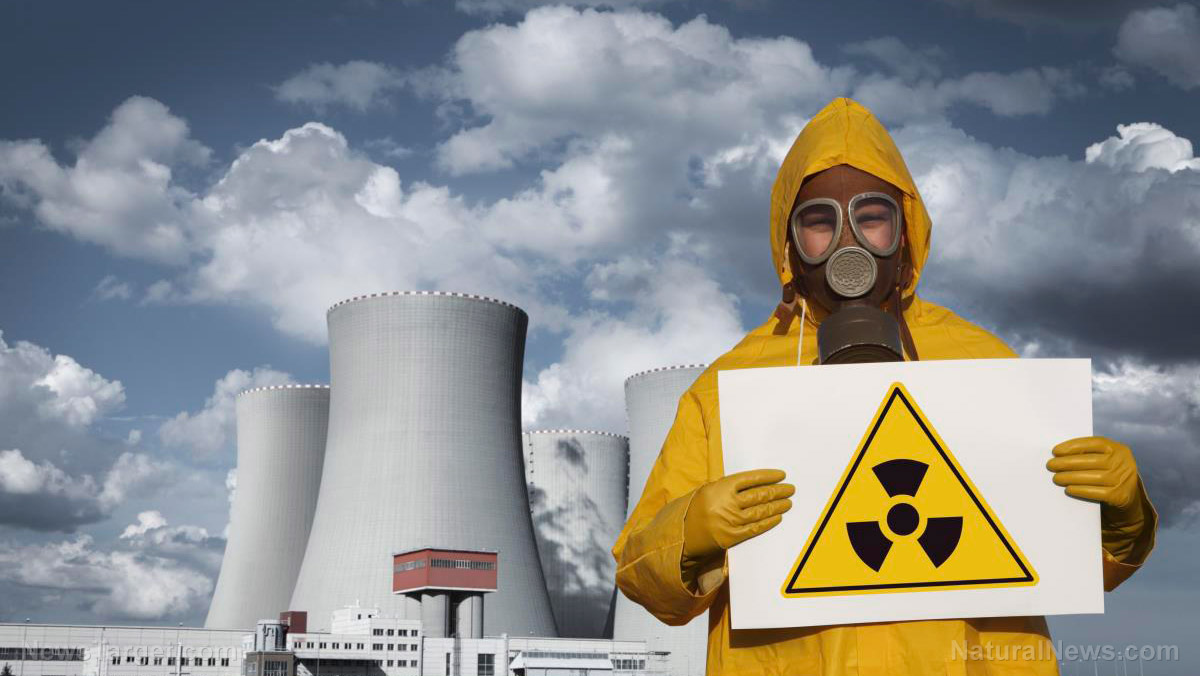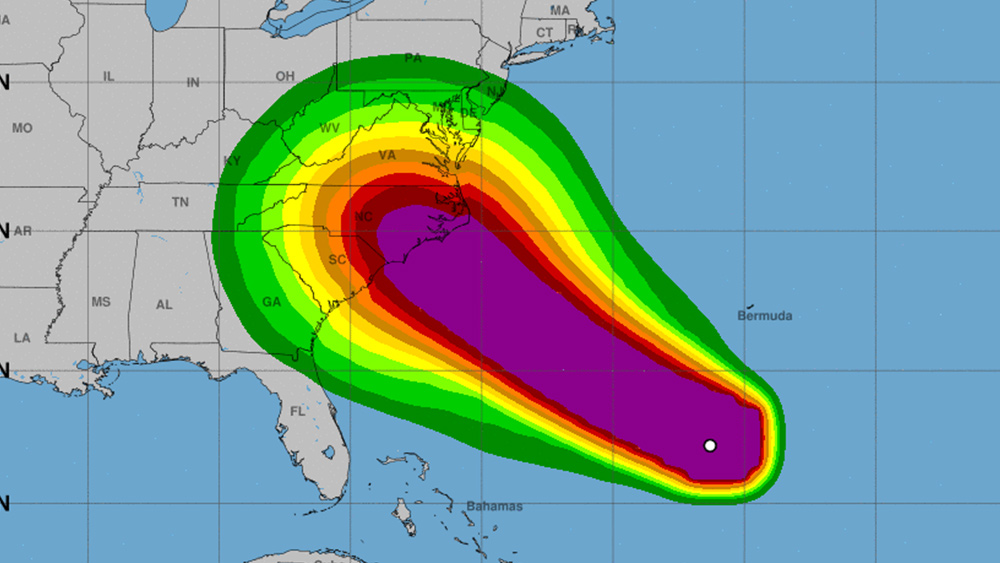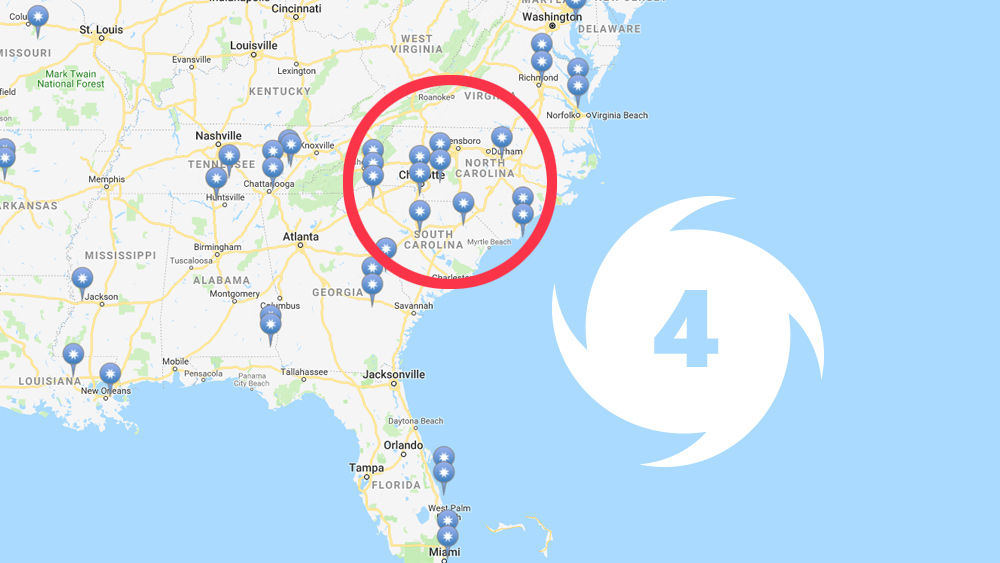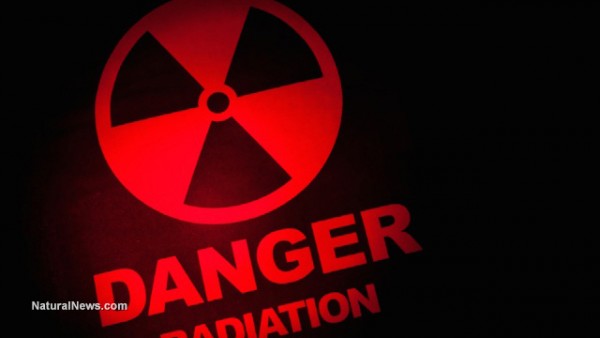Radioactive isotopes of plutonium escaped demolition zone of bomb-making plant; workers test positive for exposure
03/01/2018 / By David Williams

News coverage regarding a recent Hanford incident wherein an extremely dangerous demolition job took place has been plentiful, but no workers that were on-site when it happened have come out to share any of their stories to the press. Until now, that is.
For the first time, a Hanford worker – under the promise of anonymity – has come forward with details of what happened then and what is happening now, after testing positive for inhalation of the potentially lethal nuclear isotope of plutonium. This is according to official news reports that quote the worker as saying, “I’m pissed. I’m scared, like we all are, that sooner or later it’s going to bite me and I’m going to end up with cancer.”
The worker was only one of hundreds who worked on the Plutonium Fishing Plant (PFP) in Hanford around eight months ago. Once they were all tested following the demolition incident, it was discovered that 31 of them had inhaled plutonium, according to a report. One expert on radioactive materials and its effects on the body said that the workers could be dealing with the consequences of what happened for the rest of their lives.
According to Dr. Erica Liebelt, a toxicologist as well as executive director and medical director of the Washington Poison Center, the plutonium will likely stay with the workers and end up causing all sorts of diseases at some point in the future. “Plutonium will go to the bones and sit there for a long, long time,” she said. “Your risks are lung cancer, liver cancer, and bone cancer. That’s where the plutonium heads in the body.”
The report on the Hanford incident stated that the PFP served as a major source of plutonium buttons, which are said to a key component of building nuclear warheads that were made during the Cold War. Once the war was over, the buildings where the plutonium buttons were made were no longer needed, and were left containing the most lethally radioactive structures on the entire Hanford reservation.
Official accounts say that the plutonium spread managed to make it onto cars. One of the cars found on the site belonged to the contaminated worker who came forward. At this point, it will be hard to figure out exactly how much of the radioactive material was carried off-site and where it went. “We got in our cars and went home to our families,” said the worker. “We hugged our wives, our children, our grandchildren and did our daily routines, so we don’t know what we took anywhere.”
According to Alex Smith, the top-ranking regulator for the state of Washington from the Department of Ecology, these circumstances have made the incident a state-wide issue. “Once you have contamination that gets on private party’s cars and then gets driven off the Hanford site it’s a big concern for us,” he said. He is particularly worried about the possibility of contaminating areas that could affect thousands of people fast. “If you get an airborne spread of contamination, you risk contaminating rivers, agricultural products, and lands (and people) absolutely,” he offered. “So we want to make sure we’re trying to reign all that in as much as we can.”
The work related to the cleanup is far from over, but right now the bigger problem is making sure that contaminated workers are equipped to deal with the likely outcomes. For its part, the U.S. Department of Energy is trying to expend a considerable amount of effort to help. It said in a memo that their sole focus is going to entirely on the health and safety of the workforce. However, based on the account of the worker who came forward, and all fact that several dozen individuals have tested positive for contamination, it’s clear that they could do a much better job.
Keep track of nuclear pollution incidents at Nuclear.news.
Sources include:
Tagged Under: Hanford, nuclear bombs, nuclear radiation, plutonium, radiation, radioactive isotopes, radioactive materials, Radioactivity






